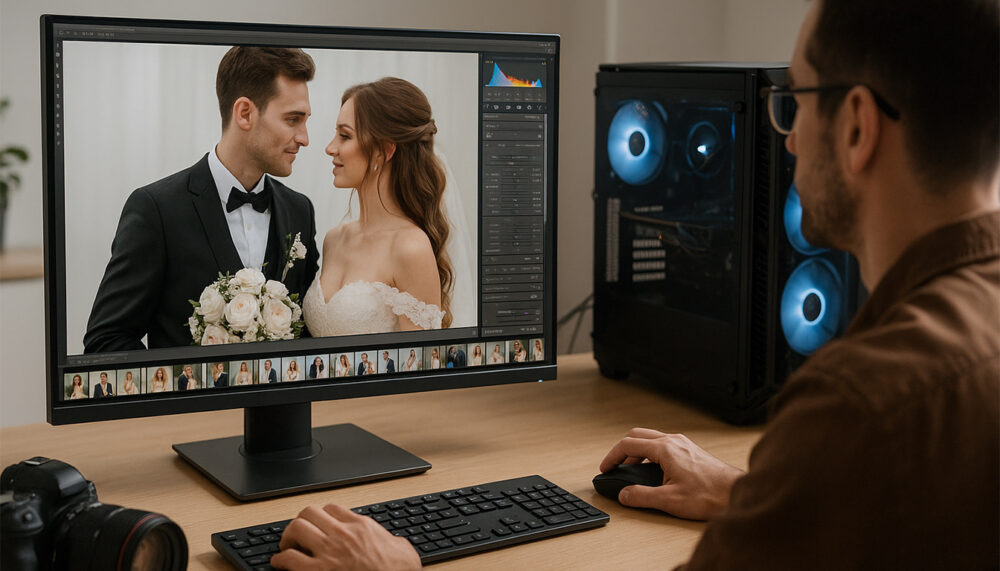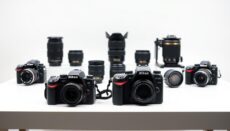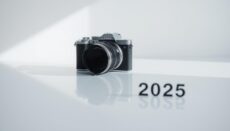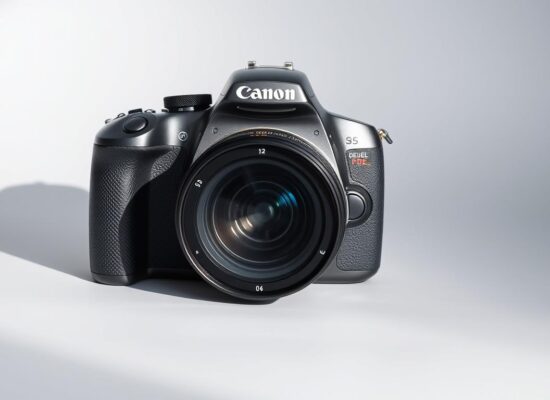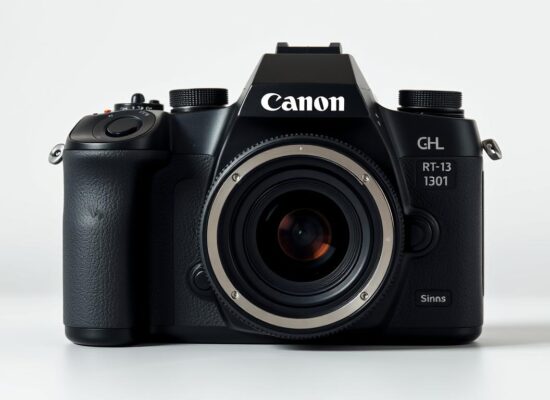Photography is more than just capturing a moment—it’s about refining and presenting it in the best possible way. While cameras and lenses often get the spotlight, the unsung hero of modern photography is the computer. Whether you’re editing wedding photos, creating albums, or exporting final galleries, powerful pc systems are at the center of every professional photographer’s workflow.
The Shift from Darkroom to Digital Editing
In the past, photographers spent long hours in darkrooms, carefully developing film and adjusting exposure by hand. Today, the “darkroom” has been replaced by software like Adobe Lightroom, Photoshop, and Capture One—all of which rely heavily on fast and efficient PC systems.
This digital transformation has opened endless possibilities: instant previews, batch processing, non-destructive editing, and easy sharing. But all of it is only possible if the computer is powerful enough to handle the workload.
Why Computers Are Essential in Photography
A camera captures the image, but a computer unlocks its full potential. Here’s why PC systems are so vital to photographers:
- RAW File Processing
Professional cameras produce massive RAW files that contain detailed image data. Editing them requires speed, RAM, and processing power. A weak system can turn editing into a frustrating, time-consuming process. - Color Accuracy
A high-quality PC with a calibrated monitor ensures accurate color reproduction—vital for wedding photographers who need skin tones and lighting to look natural. - Multitasking & Workflow
Photographers juggle multiple tasks: importing, culling, editing, retouching, backing up, and exporting. Without a fast PC, bottlenecks slow down the entire workflow. - Delivery & Client Experience
Faster processing means faster delivery. In a world where couples expect sneak peeks within 24 hours, a responsive computer system makes all the difference.
Key PC Components Photographers Should Consider
1. Processor (CPU)
The CPU is the “brain” of the PC. Photo editing software relies on multi-core performance. For photographers, CPUs like Intel i7/i9 or AMD Ryzen 7/9 provide the right balance of speed and efficiency.
2. Memory (RAM)
Editing RAW files requires large amounts of memory. 32GB is the sweet spot for most wedding photographers, while those working with larger files (e.g., medium format photography) may need 64GB.
3. Graphics Card (GPU)
While not as critical for photography as video editing, a strong GPU accelerates tasks like preview rendering and AI-based editing tools in Photoshop.
4. Storage
- SSD (Solid State Drive): Essential for speed. Importing, exporting, and opening files is lightning-fast compared to HDDs.
- External Drives: For backup, every professional photographer should use at least two—one for on-site backup and one stored separately.
5. Monitor
Color-accurate monitors with IPS panels are crucial. A good screen ensures that the image a photographer edits is the image a client receives.
Example: Wedding Photography Workflow on a PC
Let’s look at how PC systems power a wedding photographer’s post-production process:
- Importing Files
A wedding shoot can easily exceed 3,000 images. With a USB-C card reader and SSD, importing finishes in minutes instead of hours. - Culling & Sorting
Photographers use software like Photo Mechanic or Lightroom to select the best shots. A fast CPU and plenty of RAM allow quick previews and smooth navigation. - Editing & Retouching
Adjusting exposure, color grading, and retouching requires responsive performance. Without a powerful PC, photographers face lag, crashes, or wasted time. - Batch Processing
Many wedding photographers apply presets to groups of photos. A capable PC handles hundreds of images in one go without slowing down. - Exporting & Delivery
High-resolution JPEG exports take significant computing power. A weak system could take hours, while a strong PC does it in minutes, allowing photographers to deliver galleries faster.
PC Systems vs. Laptops: Which is Best for Photographers?
- Desktops (PC Systems): More powerful, customizable, and better cooling. Ideal for studio work.
- Laptops: Portable but often less powerful. Useful for on-the-go edits, but not always reliable for heavy editing workloads.
Most professionals use a combination: a high-powered desktop for bulk editing, and a laptop for client meetings, travel, or same-day previews.
The Business Impact of a Strong PC Setup
In wedding photography, speed and efficiency translate directly into client satisfaction. Couples notice when galleries are delivered quickly, and positive experiences lead to glowing reviews and referrals.
A powerful PC system doesn’t just make editing faster—it makes the entire photography business stronger. It helps meet deadlines, ensures consistency, and gives photographers more time to focus on creativity rather than technical delays.
The Future: AI and Photography on PC Systems
Artificial Intelligence is increasingly being integrated into editing software. Features like AI sky replacement, skin smoothing, and background removal all demand powerful hardware. Photographers who invest in strong PC systems today will be ready to take full advantage of these innovations.
Frequently Asked Questions
Q1: Why do photographers need powerful PC systems?
Because editing software relies on speed, memory, and processing power. A strong PC ensures smooth workflow, faster edits, and quicker client delivery.
Q2: How much RAM do I need for photo editing?
32GB is ideal for most photographers, while heavy users working with large-format files may need 64GB.
Q3: Do I need a dedicated graphics card for photo editing?
Yes, while basic editing can work without one, a GPU speeds up rendering, previews, and AI-based tools.
Q4: Should photographers use SSD or HDD storage?
SSD is essential for speed. HDDs can still be used for long-term storage, but SSDs drastically cut down on import and export times.
Q5: Is a laptop enough for professional photography?
Laptops are useful for travel, but a powerful desktop PC is best for heavy editing and long-term reliability.
Final Thoughts
In today’s digital age, cameras capture the magic, but PC systems bring it to life. From importing to editing, retouching, and final delivery, computers are at the heart of every photography workflow.
For professionals like wedding photographers, efficiency matters. A strong PC setup ensures that every precious moment is edited to perfection and delivered without delay. When technology and artistry work together, clients receive not only beautiful images but also an exceptional experience.

